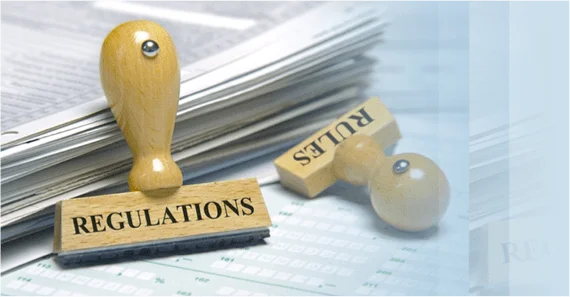Design projects can be challenging mostly due to many iterations they require. Read our how to article and find out how to estimate time for your design projects.
How many times have you been completely confused at how that ‘small’ project turned into such a big one costing double and taking three times the length you estimated? Many of you will say estimating time for web projects accurately is an oxymoron, but by applying a few effective techniques it’s possible to dramatically increase the accuracy of most web project estimates.
1. Why Underestimating Is So Common
There are several reasons, which are freely admitted amongst freelancers and web agencies, as to why web projects are so commonly underestimated – they include:
- The technologies required by the project have never been used before
- At the time of estimating, there are grey areas or complete unknowns
- The client operates in a specialized industry and the solution needs bespoke features that are not familiar to the supplier
- Splitting the project down into the detail would require as much as work as the requirements gathering phase that is chargeable
However, there are also some secret reasons why web projects are commonly underestimated:
- The client needs an estimate for their project tomorrow or they will go elsewhere
- Revenue needs for cash flow now trump the effects of not winning the new work now
- No previous project ‘estimated vs. actual’ data analysis has been conducted to draw on
- Estimating time for a project is not fun
Despite being true, rarely do we admit these reasons to others or even ourselves! The fact is, when working as a web professional, as a one man band or as part of a small busy web team, the secret reasons are an everyday reality that shouldn’t be hidden away.
By first identifying and admitting why underestimating is so common, can you then set about implementing changes to your estimating process that will reduce the barriers each reason creates and increase your accuracy.
2. Consistent Project Phases And Tasks
As previously mentioned, when being asked to provide an estimate for a project, it is invariably not something anyone has allocated time to do. As a result of this, estimates are often put together quickly and if compared to past estimates it’s not uncommon to see the same project phase or task classified in many different ways, and for similar sized projects the estimates for each to be completely different.
If you win the work you may think “so what?”, and to some extent you would be right, however, the first step in creating more accurate estimates on a long-term basis is to always break down the project phases and tasks in a consistent manner. Web projects can generally be broken down into the following phases:
- Research and planning
- Solution design
- Design
- Front-end development
- Back-end development
- Content entry
- Testing
- Go-live
By always beginning to compile estimates using a consistent high-level breakdown means you can have a re-usable template eventually and track the time spent on each.
But don’t stop there! Consistently breaking each phase down further will not only increase the accuracy of the estimate, but again, also result in valuable data over time.
3. Getting Granular
Now the project estimate is broken down into high-level phases, it’s time to get more granular and break each phase into tasks. This is where the estimate begins to become more tailored to the specific project, but also includes common tasks that you can add to your estimating template and use again and again.The page templates and features specific to the client’s project can be listed at this stage, alongside the tasks required in all web projects.
Once you get into the habit of compiling estimates in this way you will find yourself envisaging the phase and tasks lists during the pre-sales initial communication with the client and this invariably:
- Refines your requirements gathering skills to quickly get the information you need in order to put together a thorough estimate
- Forces you to think the project through in a step-by-step fashion and minimises the chances of missing a large, or several small, tasks that could end up putting you over budget because you didn’t factor them in
4. Consistent Time Tracking And Analysis
Before starting the work, you should first replicate all of the phases and tasks, along with their time estimates, into your time tracking tool of choice. Once this is done, you can then begin work and make sure to be disciplined and track everything you do and log it under the right category.
Of course many of you will do this by default as it allows you to:
- Know how long you have to complete each phase
- View how long you have for each task and sub-task
- Reporting on how long everything actually took
But the real value of keeping a consistent set of high-level phases, from estimate through to time tracking, is that after a few projects you can begin to analyse the data and start to identify averages and trends that you can use to refine your next web project estimate.
With this valuable information you can then set about increasing the accuracy of your next estimate by being able to, assuming you can get a budget range from the client:
- Immediately allocate the estimated hours you need for each phase
- Determine the best solution you can offer the client for their budget
It even allows you to accommodate the client that ‘needs an estimate tomorrow’ when you don’t have time to break it down in detail.
Conclusion
Estimating time for a web project accurately is something many attempt everyday but few manage to succeed at. There is no one formula that will satisfy every situation and the chances of estimating what a project will cost exactly are almost zero.
But it is possible to drastically increase the accuracy of your web project estimates by:
- Identifying the reasons why underestimating is so common
- Understanding why it is so important
- Resisting the temptation to not get granular
- Creating a consistent, methodical and re-usable estimating process
- Analysing the estimated versus actual data from multiple projects to identify trends






